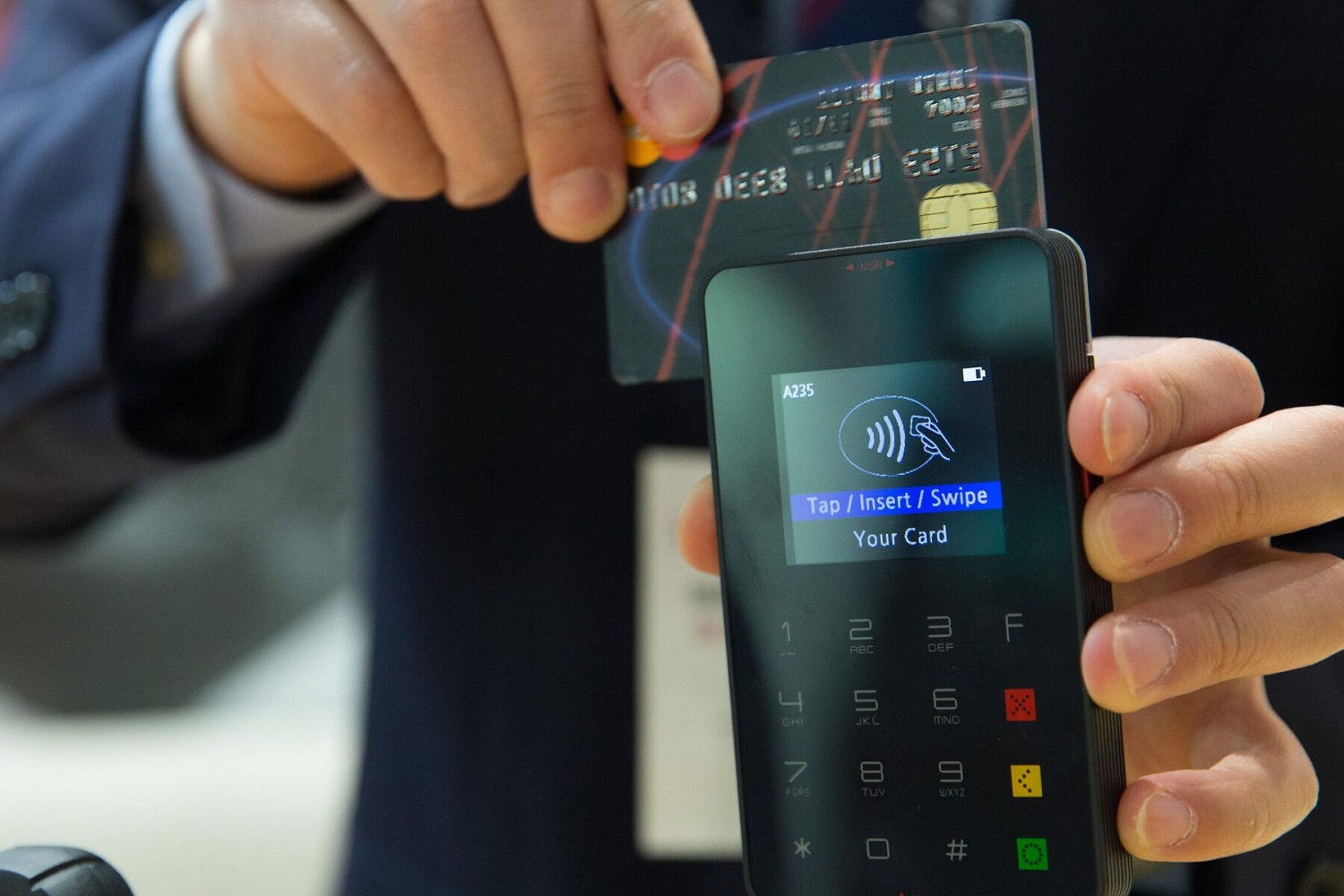Related Articles
Learn how you can practice a more secure online payment for transactions on your website. Security incidents expose your company to reputational, legal, and financial risk. Here are 10 easy tips to keep you and your customers safe online
The hazards that today’s employees navigate through are plenty – and they can arise as quickly as clicking on a seemingly harmless link on what appears to be a legitimate email from your colleague.
Therefore, how can you defend your company from the harm that security incidents bring to your firm on a daily basis?
Well, we’ve put together 10 of the best pieces of advice from a wide array of business owners from across the globe to improve your security posture, particularly when dealing with online payments. Here’s what they had to say.
Which online payment methods are the safest?

Here are the leading secure online payment methods for consumers:
- Credit/debit cards. Credit and debit cards are especially secure payment methods for small business owners due to the payment card industry compliance standards that they need to observe regarding their use. Moreover, customers benefit from such purchases because these cards do not instantly withdraw money from the client’s account, but rather Visa or MasterCard.
- Wire transfers. Wire transfers are another secure alternative for customers and merchants whose banks are reputable institutions. Reputable financial institutions lack a long and storied history of security incidents, implying that their banks are secured against fraud and cybersecurity concerns.
- Mobile wallets. Increasingly, e-wallets like Amazon Pay or Apple Pay are becoming seen as the most convenient and safe online payment methods available. These apps also take the security of the customer’s data at the highest regard, considering the multiple verification methods they often employ to ensure optimal security. Such approval methods severely reduce, if not completely eliminate the chance that your company takes a fake credit card payment because e-wallets cannot work without being linked to a real-world debit account.
Now, let’s take a look at ten of the top tips we’ve compiled from a selection of e-commerce experts to ensure your online operations are safe, efficient, and secure.
1. Opt to use two-factor authentication whenever possible.
Two-factor authentication is critical particularly when it comes to securing your company accounts, such as your social media. If a threat actor manages to gain access to any of your accounts, they may also obtain access to your financial resources. Two-factor authentication adds another layer of security for every login made and can tell from which device the login is coming from.
2. Store sensitive information with a third party to reduce risk.
Storing credit card numbers is one of the risky activities you may prefer to have someone more capable to take care of. A third-party transaction partner will take responsibility for complying with data privacy standards and keeping data secure, removing the burden of risk from yourself.
3. Pick a proven, safe e-commerce platform.
Choosing a safe platform to conduct your e-commerce operations on will provide you an added layer of security because you won’t solely be responsible for overseeing your threat management and security – you’ll have your e-commerce platform to guarantee your safety as well.
4. Get insurance from cyber liabilities.
As more and more personally identifiable information is being gathered and stored for every online transaction made, the more and more risk organizations take on in protecting them. That’s why cyber liability insurance coverage is a thing nowadays, apart from taking proactive security measures. These actions help mitigate the impact of a potential security breach and the financial fallout that may result from it.
5. Use personal verification systems for high-ticket items.
High-ticket items may require taking a deeper look at implementing a personal verification system. These allow clients to verify themselves using a passport or a similar form of ID.
6. Don’t retain any customer payment information.
One of the fastest ways you can instantly improve your security posture when taking online payments is to delete any payment information as soon as transactions are complete. But if you need to store payment information, make sure to secure it by using a private network to keep it.
7. Implement SSL for your site.
Many small businesses take security for granted because they think they will be the last company threat actors might target. On the contrary, they are often among the easiest targets of credit card data breaches. SSL certificates help secure your website and your customers’ personal information.
8. Make sure to comply with PCI standards.
Complying with Payment Card Industry Data Security Standards (PCI DSS) to ensure an additional layer of security and thus establishing trust from the get go. Furthermore, SSL encryption ensures customer information is encrypted, reducing their risk to misuse due to hacking.
9. Increase awareness about using VPNs and security.
Security doesn’t end with SSL encryption or performing best practices for storing data in the cloud. It’s also important to educate users about their responsibility in taking care of their own security by using VPNs or other tools to keep them safe on the internet. Using such tools will help reduce the risk of a data breach.
10. Check if your hosting provider has security measures implemented.
Additional security measures are a must in today’s highly digitized world, especially when it comes to accepting online payments. Consider getting a service to protect you from distributed denial-of-service (DDOS) attacks, apart from getting Secure Socket Layer protection for your site’s data encryption.
BONUS: Observe for fraudulent patterns.

Patterns of fraud can be detected on online transactions. In particular, your third-payment processor of choice already checks for this, however, you can’t be 100% sure that a fraudulent transaction might find its way through the cracks. Check for patterns and note them down, so you can let your new hires know when something might be amiss.
Protecting yourself from online fraud
As much as 70% of all types of credit card fraud are as a result of transactions where the card was not present.
Merchants and individual clients alike are targeted by scammers of all pursuits. And fraud is on the rise due to the increasing adoption of mobile payment systems, rapid mushrooming of e-commerce, and increasing purchasing power across the globe – not to mention the ever-present threat of data breaches.
New, emerging types of fraud are on the rise in the multi-billion dollar e-commerce space – more types than you can shake a stick at. These tips will help improve your security posture to ensure that you and your client’s data, apart from your operations, are safe.




